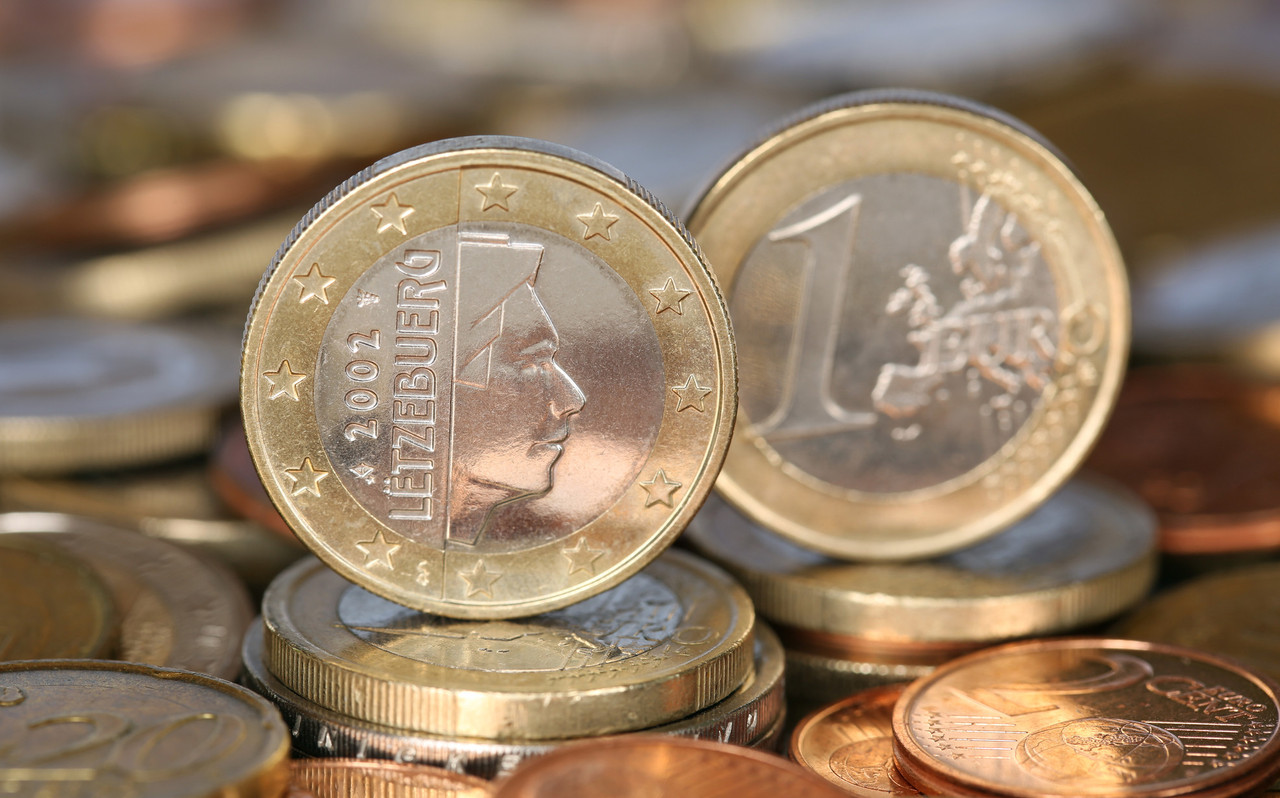On 1 January 1999, the euro was introduced in cashless form. It was only three years later, on 1 January 2002, that European citizens could hold the first banknotes and coins in their hands. Or, for some people with particularly good relations with their bankers, a couple of weeks before that. At the time, the little game of ‘to have or not to have’ was all the rage, which showed the excitement of European citizens towards the new common European currency.
The euro is the great European story. But it is also a Luxembourg story.
Read also
Luxembourg was part of the ‘club of eleven’ EU countries that launched the euro on 1 January 1999.
This membership appears to be recognition of the grand duchy’s European commitment since the end of the Second World War. This commitment to economic and monetary union was outlined in the Werner report in 1970. The plan was drawn up by Pierre Werner, Luxembourg’s prime minister and finance minister from 1959 to 1974 and then from 1979 to 1984, considered to be one of the fathers of Economic and Monetary Union and the euro.
The Werner Report was drafted at the request of EEC member states at the 1969 Hague Summit to chart a course towards Economic and Monetary Union. This plan aimed to establish the free movement of capital, limit the fluctuation margins between European currencies before achieving a freeze on currency parities and eventually a common currency.
Presented on 8 October 1970, it served as a basis for the commission’s plan adopted by the six member states on 22 March 1971, which aimed to achieve economic and monetary union before the end of the decade.
The ECU before the euro
This plan was thwarted by the end of the Bretton Woods agreements--Richard Nixon’s abandonment of the dollar’’ convertibility to gold on 15 August 1971--and the oil shocks of 1973 and 1978, which put an end to the ‘30 glorious years’ of economic growth. It was not until 1978 and a certain stabilisation of economic and monetary conditions that things started to move again with the launch on 13 March 1979 of the European Monetary System--the direct successor to the European currency snake--and its unit of account, the European Currency Unit. For the record, it was during the Madrid Summit of 15 and 16 December 1995 that the ECU became the euro.
The next step was the signing of the Single Act in 1986, which gave the green light to the creation of Economic and Monetary Union, EMU.
The 1989 Delors Report--which largely takes up the Werner Report--proposes the realisation of EMU in three stages: firstly, a strengthening of economic and monetary cooperation between the member states of the European Monetary System, then the harmonisation of monetary policies and the establishment of a European Central Bank, and finally the fixing of parities between currencies. The 1992 Maastricht Treaty--the founding treaty of the European Union, which succeeded the European Economic Community--also borrowed heavily from the Werner report.
This whole process was supported by Werner’s two successors at the head of the Luxembourg government, Jacques Santer and Jean-Claude Juncker.
The last great ambition of the century
And it was under the 1997 Luxembourg presidency of the Council of the European Union that Economic and Monetary Union took a decisive step forward with the establishment of the definitive parities and the list of countries admitted to the euro. It would take 40.3399 Luxembourg francs to make one euro.
The official birth of the euro on 1 January 1999 will be considered by Juncker as “the last great ambition of the century”.
Read also
The euro and its extension, the development of a single financial market, have contributed to the development of the grand duchy’s financial centre. “I don’t think that with a national currency, things would have been as fast and as efficient. And, as a result, the Luxembourg economy would not have been able to grow as it has over the last twenty years”, Gaston Reinesch, president of the Luxembourg Central Bank (BCL), during the celebration of the 20th anniversary of the European currency.
In the Eurobarometer survey in April, the euro was perceived in Luxembourg as being one of the three most positive results of the EU. “Not only does a majority in Luxembourg support the concept of a monetary union, but three out of four residents are also convinced that the euro has affected the national economy in a positive way,” the survey said.
If that’s not love, it’s a plebiscite.
Read the original French version of this article on the site.

